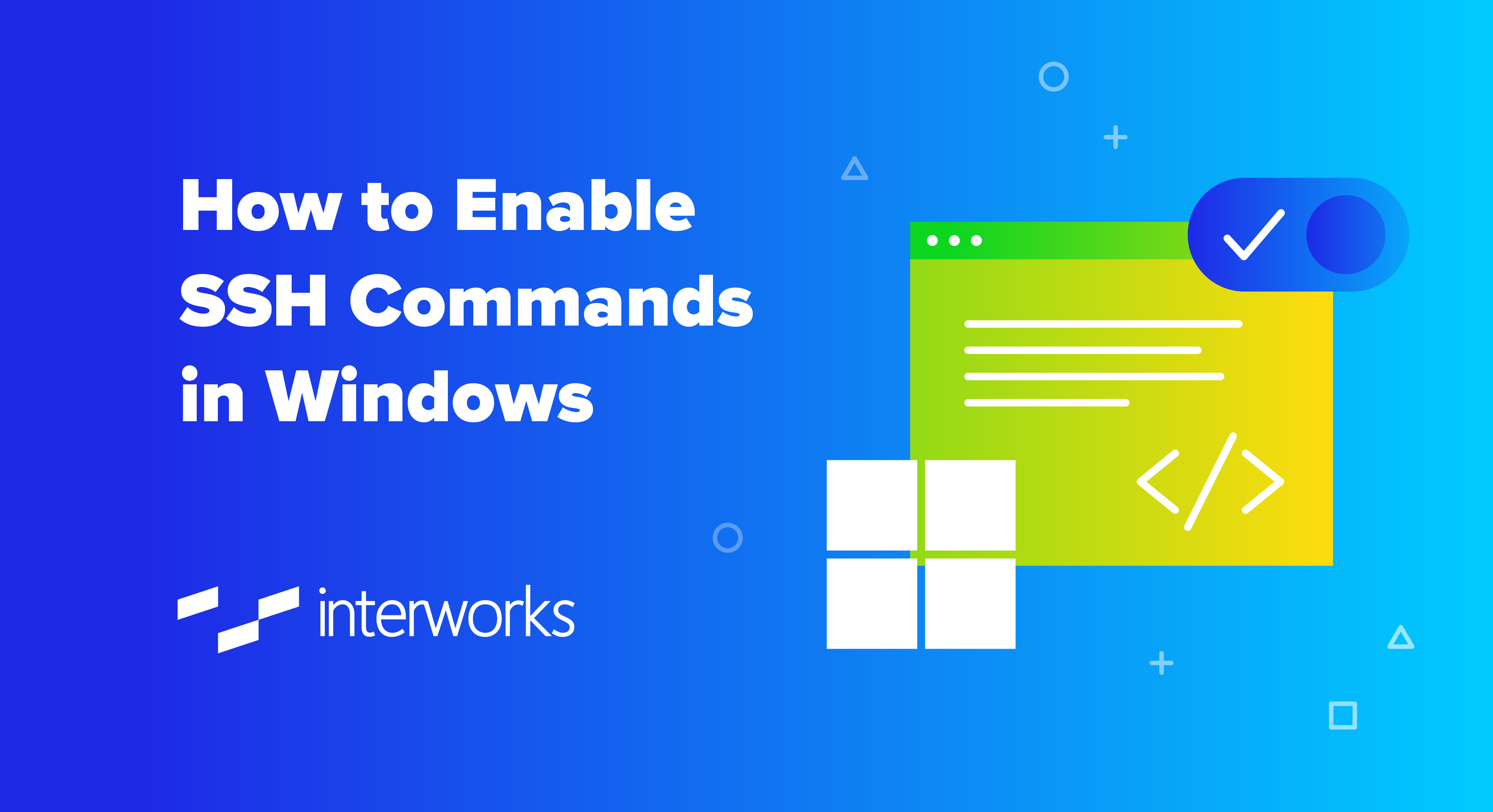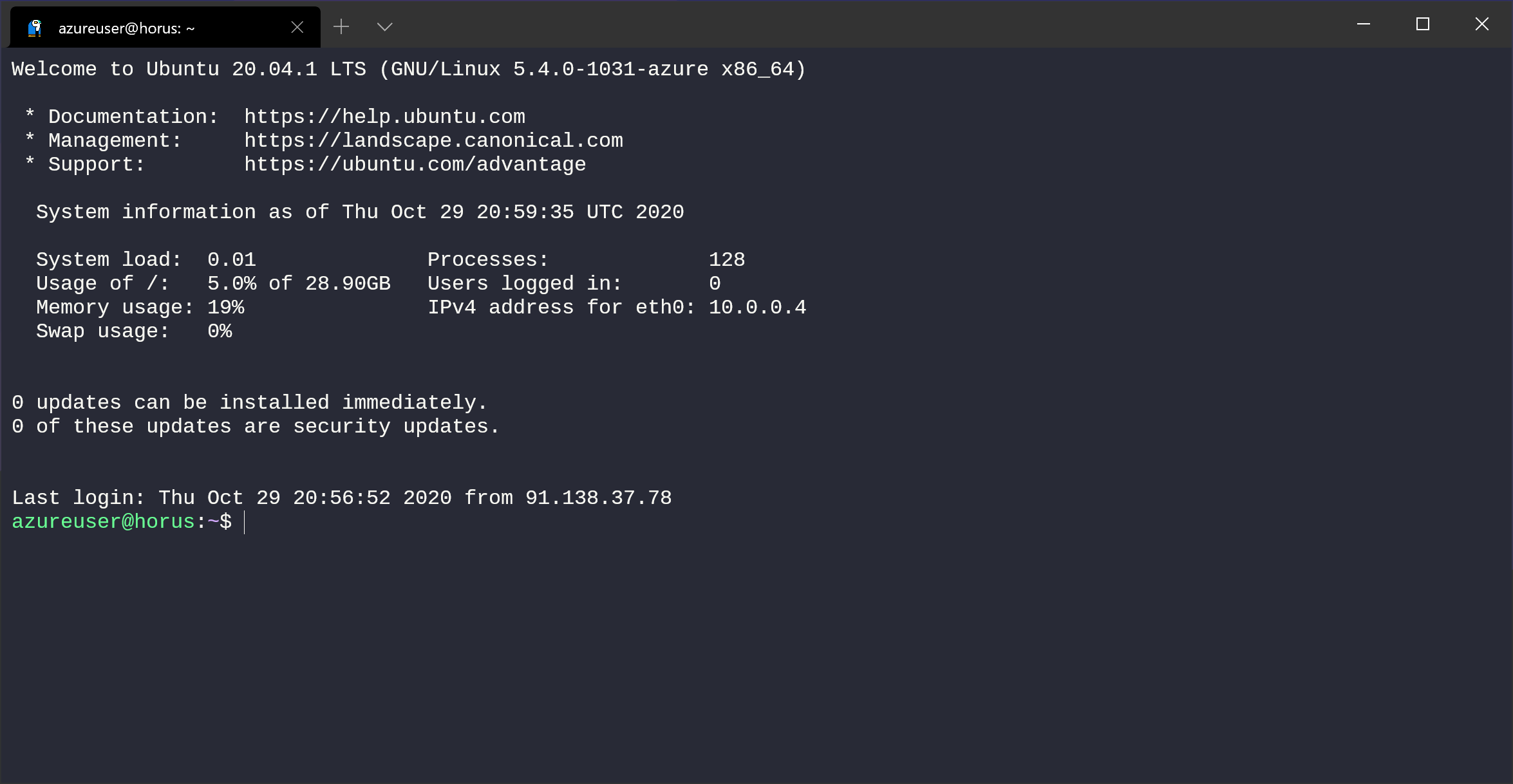So, you're looking to set up RemoteIoT VPC SSH on Windows 10 without relying on third-party tools? You've come to the right place. Whether you're a tech enthusiast, a student, or a professional, understanding how to securely connect to remote IoT devices using VPC and SSH is a game-changer. We’re diving deep into the nitty-gritty of this process, and trust me, by the end of this article, you’ll feel like a certified IT wizard.
Imagine this: you’re managing IoT devices scattered across the globe, and you need a secure way to access them from your Windows 10 machine. The good news is that you don’t need fancy software or expensive tools. Windows 10 has built-in capabilities that make this possible. This guide will walk you through every step, ensuring your connection is secure, efficient, and headache-free.
Before we dive in, let’s quickly clarify what we’re dealing with. RemoteIoT VPC SSH means setting up a secure connection to your IoT devices through a Virtual Private Cloud (VPC) using SSH (Secure Shell). And we’re doing all this directly on Windows 10 without installing extra software. Ready? Let’s get started!
- Movie Rulz 2025 The Ultimate Guide To Streaming And Watching Movies Like A Pro
- How To Use Remote Manage Iot Behind Router Mac Free The Ultimate Guide For Smart Living
Here’s the deal—this article is packed with practical tips, step-by-step instructions, and expert insights to help you master this process. Whether you're a beginner or an advanced user, there's something here for everyone.
Understanding RemoteIoT VPC SSH
First things first, let’s break down what RemoteIoT VPC SSH really means. At its core, it’s about creating a secure tunnel between your Windows 10 machine and your IoT devices hosted in a Virtual Private Cloud. VPC acts as a virtual network where your devices reside, and SSH ensures that your communication is encrypted and protected from prying eyes.
Here’s a quick overview of the key components:
- Mai Chan The Rising Star In The Spotlight
- Who Is The Richest Person In Kenya 2025 The Untold Story Of Wealth And Power
- IoT Devices: These are the gadgets or sensors you’re managing remotely.
- VPC (Virtual Private Cloud): A secure, isolated environment where your IoT devices live.
- SSH (Secure Shell): A protocol that allows you to securely access and manage devices over a network.
- Windows 10: Your local machine, which we’ll configure to connect to the VPC.
Why is this important? Well, with the rise of IoT, managing devices remotely has become essential. But security can’t be compromised. That’s where SSH comes in—it’s like a digital lock that keeps your data safe.
Why Use Windows 10 for RemoteIoT VPC SSH?
Windows 10 might not be the first thing that comes to mind when you think about IoT management, but it’s surprisingly powerful. Starting with version 1809, Windows 10 includes an OpenSSH client and server by default. This means you can set up secure connections without needing third-party tools like PuTTY or OpenSSH for Windows.
Here are some reasons why Windows 10 is a great choice:
- Built-in SSH Client: No need to install additional software.
- Easy Configuration: Setting up SSH is straightforward, even for beginners.
- Security Features: Windows 10 offers robust security options to protect your connections.
- Compatibility: Works seamlessly with most IoT devices and cloud platforms.
Plus, if you’re already using Windows 10 for your daily tasks, why switch to another operating system just for IoT management? It’s all about convenience and efficiency.
Setting Up SSH on Windows 10
Now, let’s get our hands dirty. The first step is enabling the SSH client on your Windows 10 machine. Don’t worry—it’s super easy. Follow these steps:
- Open the Start menu and go to Settings.
- Select Apps and click on Optional Features.
- Click Add a feature and search for OpenSSH Client.
- Select it and click Install.
And that’s it! You now have the SSH client installed on your Windows 10 machine. If you want to go the extra mile, you can also enable the OpenSSH server, but we’ll cover that later.
Testing Your SSH Connection
Before diving into the VPC setup, let’s test your SSH connection. Open PowerShell or Command Prompt and type the following command:
ssh username@your-iot-device-ip
Replace username with your IoT device’s username and your-iot-device-ip with the actual IP address. If everything is set up correctly, you should see a prompt asking for your password or key.
Connecting to a VPC
Now that your SSH client is ready, it’s time to connect to your VPC. This is where things get interesting. A VPC is essentially a private network in the cloud, and connecting to it requires a bit of setup.
Step 1: Configure Your VPC
Depending on your cloud provider (AWS, Azure, Google Cloud, etc.), the process may vary slightly. However, the general steps are as follows:
- Create a new VPC or use an existing one.
- Set up subnets and security groups to control access.
- Assign public or private IPs to your IoT devices.
Make sure your VPC is configured to allow SSH traffic (port 22) from your Windows 10 machine’s IP address.
Step 2: Use SSH Keys for Authentication
Passwords are so 2000s. Nowadays, using SSH keys is the preferred method for authentication. Here’s how you can generate and use SSH keys on Windows 10:
- Open PowerShell and type
ssh-keygen. - Follow the prompts to create a key pair.
- Upload the public key to your IoT device or cloud platform.
This ensures that only authorized machines (like your Windows 10 PC) can access your VPC and IoT devices.
Troubleshooting Common Issues
Even the best-laid plans can go awry. Here are some common issues you might encounter and how to fix them:
- Connection Timeout: Double-check your VPC security group settings and ensure port 22 is open.
- Permission Denied: Verify that your SSH keys are correctly configured and uploaded.
- Authentication Failed: Make sure you’re using the correct username and password or key.
If all else fails, try restarting your IoT device or resetting your SSH configuration.
Advanced Tips for Smooth Connections
For those who want to take their skills to the next level, here are some advanced tips:
- Use a jump host to connect to devices behind a firewall.
- Configure SSH tunneling for secure data transfer.
- Enable two-factor authentication for added security.
These techniques can help you manage complex IoT setups with ease.
Best Practices for Secure Connections
Security should always be your top priority when dealing with remote IoT devices. Here are some best practices to keep in mind:
- Use Strong Passwords: Avoid using common or easily guessable passwords.
- Regularly Update Keys: Rotate your SSH keys periodically to minimize risks.
- Limit Access: Restrict SSH access to trusted IPs only.
- Monitor Logs: Keep an eye on your SSH logs for any suspicious activity.
By following these practices, you can ensure that your VPC and IoT devices remain secure.
Real-World Applications
So, how does all this apply to real-world scenarios? Here are a few examples:
- Smart Home Automation: Manage smart home devices remotely using SSH.
- Industrial IoT: Monitor and control industrial equipment from anywhere.
- Environmental Monitoring: Collect data from remote sensors for scientific research.
These applications highlight the versatility and importance of RemoteIoT VPC SSH in modern technology.
Data and Statistics
According to a recent report by Statista, the global IoT market is expected to reach $1.6 trillion by 2025. With such rapid growth, the demand for secure remote management solutions is higher than ever. SSH plays a crucial role in this ecosystem, providing a reliable and secure way to connect to IoT devices.
Conclusion
There you have it—a comprehensive guide to setting up RemoteIoT VPC SSH on Windows 10 without third-party tools. By following the steps outlined in this article, you can securely manage your IoT devices from anywhere in the world. Remember, security is key, so always follow best practices and stay updated with the latest trends and technologies.
Now, here’s the fun part—what’s next? Leave a comment below and let us know how this guide helped you. Share it with your friends and colleagues who might find it useful. And don’t forget to check out our other articles for more tech tips and tricks!
Stay curious, stay secure, and keep exploring the world of IoT!
Table of Contents
- Movierulz Net Your Ultimate Guide To Streaming Movies Safely And Legally
- Unleashing The Power Of Movierulz Kannada 2023 Movie Download


